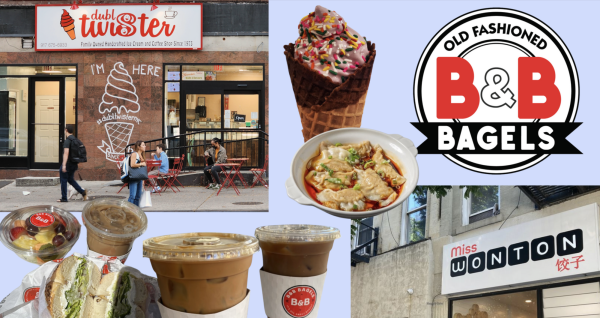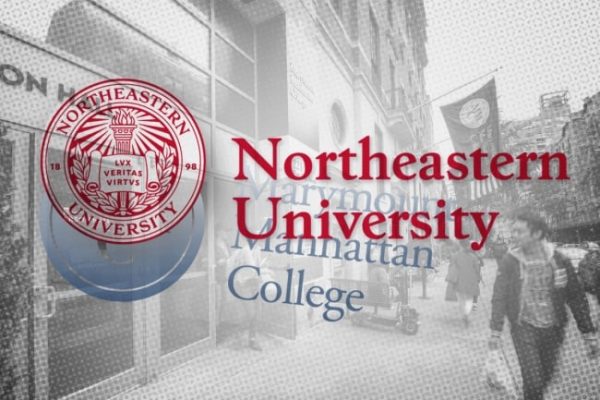Thanksgiving: Hawaiian Style
What a Hawaiian Thanksgiving Dinner Looks Like Explained By A Native Hawaiian
Thanksgiving at any Hawaiian family’s dinner table is always different. Hawaiians have so many different cultures and a unique diversity. This is because most of us are mixed. We’re mixed with other Polynesian ethnicities and other races from around the world. These other cultural backgrounds that are a part of us became part of the local food in Hawaiʻi. Much of Local/Hawaiian food has many things that we’ve adopted from other cultures. Some of the most popular ones that you will see represented in Local/Hawaiian food are Portuguese, Japanese, and Filipino. There is so much more represented in our food, but it would be a bit of a list.
The most popular things that you would see at the dinner table would be turkey, stuffing, mashed potatoes, ham, bread, candied yams, and of course a pie. I know that might sound exactly like what every other American family eats for Thanksgiving, but the thing is, although we eat exactly what everyone else eats, it’s with a twist.
Native Hawaiians have a special way of cooking meat. For centuries, Native Hawaiians have traditionally cooked their meat in an underground oven called an imu. We traditionally cooked and still usually cook puaʻa (pig/pork) in the imu. But once a year for Thanksgiving, some of us might switch to a turkey, seasoned with Hawaiian sea salt, garlic, and inamona (cooked and ground kukui (candlenut) nuts). Like our famous lūʻau (feast) dish kalua (to bake in the ground) pig, we call an imu turkey, kalua turkey. Native Hawaiians also love cooking their meat by roasting it over a fire and repeatedly turning it on a pole or stick, like a rotisserie. We call this huli huli (to turn repeatedly). Huli huli chicken is extremely popular and youʻll often find locals cooking and selling it alongside the road. Many Hawaiians/Locals may substitute a turkey for a huli huli chicken on Thanksgiving.
As you all know, you canʻt have your turkey without stuffing, especially on Thanksgiving. In Hawaiʻi, one of our favorite things to have for breakfast is Portuguese brand sausage. We put it in almost everything breakfast-related; with our eggs and white rice, in our fried rice, in our Portuguese bean soup, and much more. But we also put it in other foods as well and one of those is stuffing. I personally love stuffing and my favorite stuffing is from Hawaiʻi with Portuguese sausage in it. People from Hawaiʻi love making their Thanksgiving stuffing with Hawaiian sweet bread and Portuguese sausage. It’s so ʻono (delicious).
Hawaiians/Locals almost always have ham with the turkey or chicken. A very popular way of making the ham is by baking it in the oven with a sweet glaze. We usually use the most common holiday hams, spiral cut, or bone-in. For the glaze, we absolutely love using tropical fruit. Some of our favorite glazes are made from guavas, lilikoʻi (passion fruit), and mangoes. Many of our tropical fruits come from the Philippines, which is also where many of the local peopleʻs ancestries come from. My favorite is a good guava glaze. To me, it just makes the perfect sweet nʻ salty combination.
Speaking of sweets…I donʻt know if you could tell, but Hawaiʻi has a lot of sweet food. So far youʻve heard of sweet bread and sweet tropical fruit, but we also have ʻuala (sweet potatoes). And I donʻt mean yams, I mean a variety of sweet potatoes that Native Hawaiians have been eating for centuries. The ʻuala was traditionally cooked in an imu with puaʻa. Today, many Hawaiians use it to make their mashed potatoes. It’s another perfect sweet nʻ salty combination.
Like many other American families that celebrate Thanksgiving, we also serve bread at the dinner table and it’s almost always Hawaiian sweet bread or taro sweet bread rolls. Hawaiian sweet bread is a result of Portuguese cultural influence in Hawaiʻi. Hawaiian or Portuguese sweet bread is made with more sugar than normal bread to make it sweeter. Taro bread rolls are sweet bread rolls made with the root part of a Native Hawaiian plant called kalo (taro).
The last dish that you might see on a Hawaiian familyʻs dinner table is candied yams. Unlike everyone elseʻs candied yams, ours usually have pineapple chunks in them. Hawaiians/Locals canʻt help but add them. Itʻs makes the dish sweeter, but also much better. Because of the extra sweetness added from the pineapples, we sometimes eat our candied yams with dessert instead.
For dessert, the go-to is definitely a pie. Instead of pecan pie, we usually eat macadamia nut pie and instead of the traditional Thanksgiving sweet potato pie, an Okinawan sweet potato pie. Although macadamia nuts and many other Hawaiian/Local foods arenʻt native to Hawaiʻi or even previously eaten by Native Hawaiians, we have adopted them into the culture. Macadamia nuts are by far one of the most popular. If you’re not eating a macadamia nut pie for dessert, then you’re probably eating a peach or apple pie with vanilla macadamia nut ice cream. And letʻs not forget the Okinawan sweet potato pie. This pie is made the same way as a normal Thanksgiving sweet potato pie, but with the purple Okinawan sweet potato instead. This sweet potato is very common in Okinawan, Japanese, and Filipino culture. It’s also known as ube and makes many of Hawaiiʻs popular desserts and sweet treats.
The most important thing that every Hawaiian family has at their dinner table is ʻohana (family). ʻOhana is one of the most important things to Hawaiians and being able to celebrate with each other is everything. Many Native Hawaiians donʻt really celebrate Thanksgiving for the same reason that most Americans do. For us, it is a day to give thanks for what we have and to celebrate what we have with our ʻohana. Donʻt forget to tell your ʻohana to have a Hauʻoli Lā Hoʻomaikaʻi (Happy Thanksgiving)!





